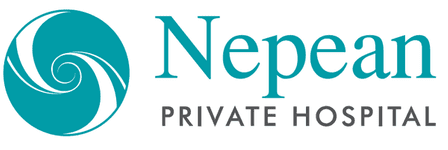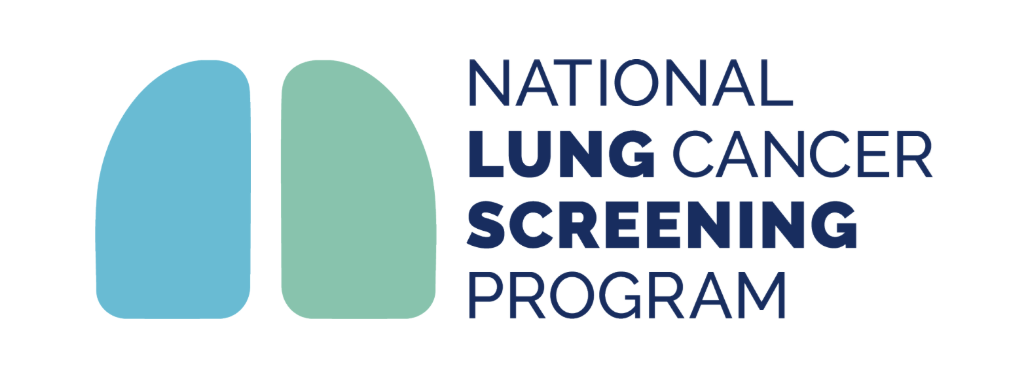Lung Screening
The National Lung Cancer Screening Program (NLCSP), launching on July 1, 2025, aims to significantly improve health outcomes for all Australians. Our goal is to detect lung cancer early, which can lead to more effective treatment and ultimately save lives. Nepean Diagnostics is proud to be a leading provider of this Australian Government initiative.
What is Lung Cancer Screening?
Lung cancer screening uses a low-dose computed tomography (CT) scan to look for early signs of lung cancer. This scan is designed for people who don't have any symptoms like a persistent cough or coughing up blood. The low-dose CT scan looks for small growths called nodules. It's important to remember that most nodules found are not cancerous.
This low-dose CT scan for lung cancer screening is free, covered by Medicare.
Why is early detection important?
Lung cancer is the leading cause of cancer death in Australia. However, if caught early, most cases can be treated successfully.
When lung cancer first develops, it often has no symptoms. Symptoms such as coughing up blood or unexplained weight loss usually appear when the cancer is more advanced. The best time to treat lung cancer is when these nodules are found early, before symptoms appear. Early detection means treatment is often less challenging, and most people can recover and return to their normal lives.
That's why it's so important to get screened, even if you feel completely well.
Screening could save your life.
Who is eligible for the screening program?
You are eligible for the program if you:
- are aged between 50 and 70 years
- show no signs or symptoms suggesting you may have lung cancer (that is, you are asymptomatic)
- currently smoke or have quit smoking in the past 10 years
- have a history of tobacco cigarette smoking of at least 30 pack-years.
If eligible, you will need to see your GP as a first step and obtain an imaging request for a low dose CT scan of your chest. If you do not know how many ‘pack-years’ of smoking you have, your GP can help work this out.
What happens during the scan?
Your lung screening scan is a quick, low-dose CT scan designed to be as efficient as possible. The entire process, from start to finish, generally takes about 10 minutes, though the actual scan itself is much faster - under 30 seconds. You don't need any special preparation beforehand.
When you arrive, our team may ask you to change into a gown and remove any jewellery, glasses, or other metal objects. This is important to ensure your clothing or any metal doesn't interfere with the quality of the images.
The CT scanner is a doughnut-shaped machine with a bed that moves through its middle. Our radiographers will help you comfortably lie on this bed. During the scan, it's important to lie as still as you can while the bed moves to capture images of your lungs.
You'll be able to communicate with the radiographer performing your scan at all times. They will also provide you with breathing instructions to follow just before your scan begins.
What happens after the scan?
After your scan, our radiologists will examine your images and create a report. This report will be sent to your referring doctor and submitted to the National Cancer Screening Register (NCSR). The NCSR will then reach out to you to explain what happens next, depending on your screening findings.



